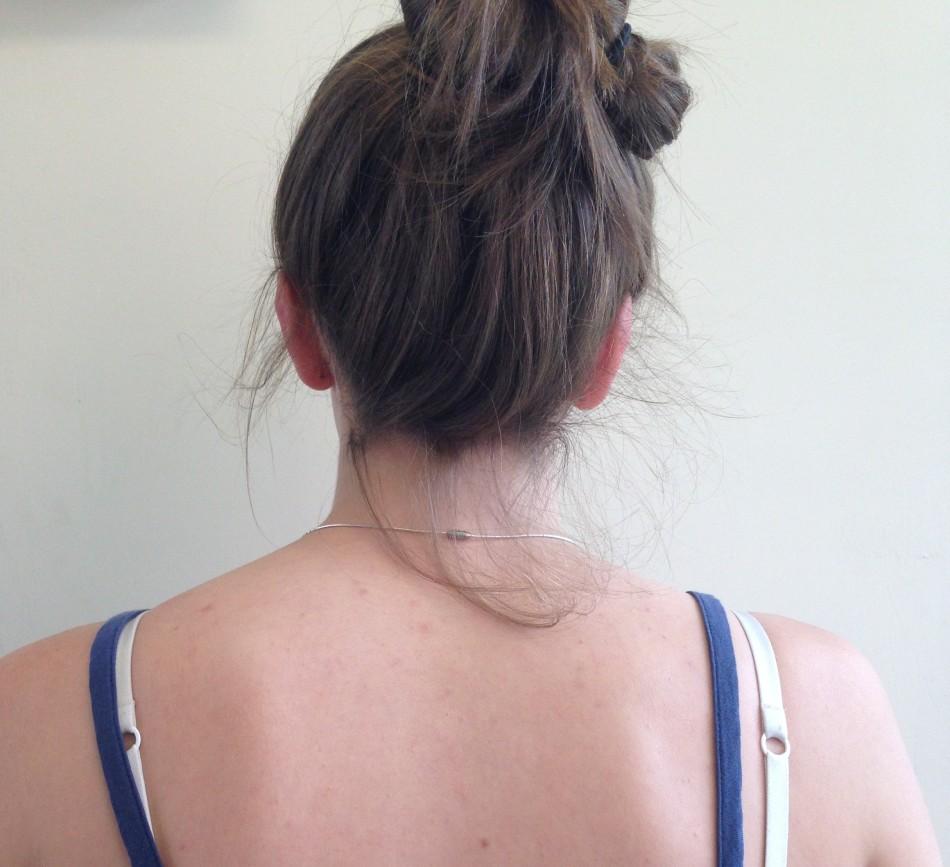Temperatures Rising Lead to an Increase in Broken Dress Code
Though the temperature has barely crept up into the high 60s and low 70s, the sudden spring fever heat has inevitably resulted in the resurfacing of dress code issues.
According to Vice Principal Cherie Kinnersley, as the school year begins to dwindle into summer, dress code violations are an ever-present problem. “We’re trying to train [students] for the future and for professionalism,” she said. The dress code establishes a safe place for students to learn. “The dress code does encourage dressing in a polite manner, which we will need for the workplace in the future,” said Cydney Simpson, junior. Lincoln’s downtown location also makes it more prone to issues concerning students safety, these problems include students being followed, targeted, or harassed because of the way they dress. “The worst can happen,” Kinnersley said. Following the dress code is a preventive measure that all students can take, according to Kinnersly.
For students who breach the rules, the administration is active about identifying and meeting with them. “We talk to the student,” Kinnersley said, “I’ve got extra t-shirts and sweatpants in case a student needs to change in order to fit with the mandated dress code.” The dress code is not meant to ruin individual fashion but rather ensure that school is a safe place for all students, according to Kinnersley. “The dress code can be really hard to follow, especially when it’s warm,” said Simpson.
This is the official dress code that students are expected to follow:
Clothing may not be sexually suggestive (examples include bare
midriffs, visible undergarments, plunging necklines, see- through
materials and sagging pants).
(b) Clothing may not be alcohol, tobacco or drug related, including
advertising or advocating the use of such products.
(c) Clothing must not be lewd, vulgar, obscene or plainly offensive.
(d) Clothing must not be demeaning to a particular person or group,
such that it might interfere with another student’s educational
opportunities.
(e) Clothing must be clean.
(f) Clothing must not pose a threat to the health or safety of any other
student or staff.
(g) Clothing may not substantially interfere with the learning process or
school climate or disrupt the educational process.
(h) Clothing or other attire (jewelry, etc.) may not be gang related.
These items must be specifically listed in any school dress code.
Schools must confer with their School Resource Officer for specific
indications of gang membership in their area.
(i) Schools must establish an exception to the dress code for sincerely
held religious beliefs. For instance, if a school establishes a ban on
hats and headwear, an exception must be provided for students
who cover their heads as expression of a sincerely held religious
belief.

